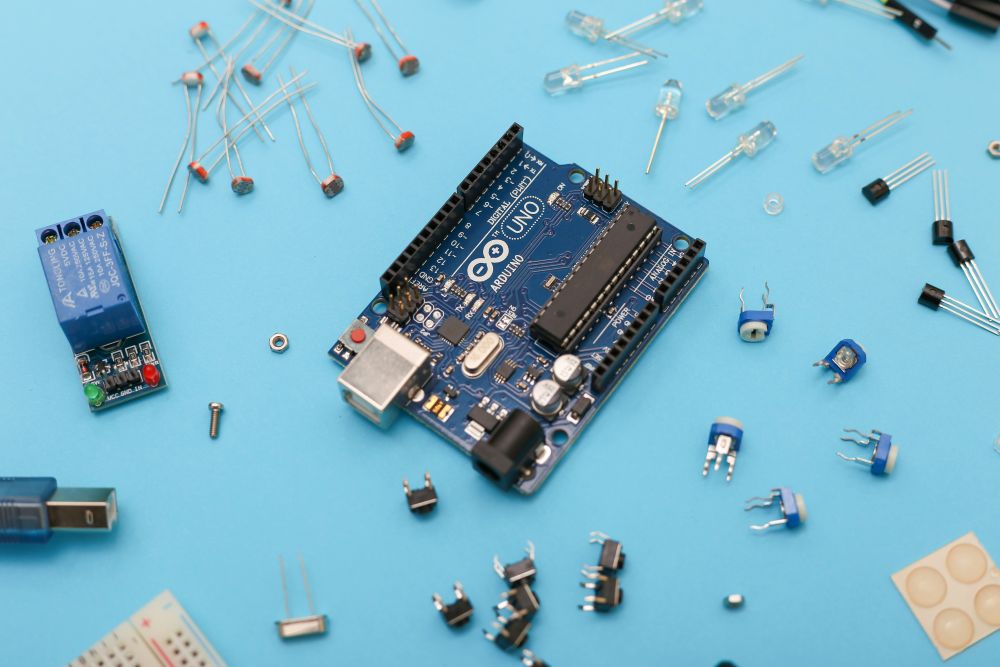What are Air to Water Heat Pumps and how do they compare to Air to Air Heat Pumps?

Heat pumps are an efficient way to heat and cool your home if you live in moderate climates. This applies to most of the US; the exceptions would be very cold climates, but they are used there too with backup sources of heat. You may have heard in science class that thermal energy always flows from hot to cold, right? This is the natural flow of energy, from a higher state to a lower state, but if we apply energy with a refrigerant cycle, we can extract thermal energy from cold areas and move it to relatively warmer areas, or vice versa.
Air to air heat pumps are quite common nowadays; they are used in central air conditioning. This system uses two main heat exchangers: heat is transferred from the outdoor air to a refrigerant in an outdoor heat exchanger (also called the compressor because it compresses the refrigerant from a gas into a liquid), and that refrigerant is pumped into an indoor heat exchanger, which absorbs heat from air passing through it (also called the evaporator or air handler). Then the refrigerant is recycled again. The process can be reversed to heat the home in the winter. Because most American homes are designed with central ventilation systems in mind, air to air heat pumps are the norm. But there is a more efficient way to heat and cool your home: Air to Water.
Air to Water heat pumps (AWHPs) operate similarly to Air to Air heat pumps. They use a refrigerant as a “vehicle” for transferring heat from outdoors to indoors, or vice versa. But AWHPs have a second “vehicle” to transfer heat: water. Because liquid water is more dense than air, it can absorb and carry more heat (there’s 4.23 times more specific heat capacity in water than air). Therefore, transfer of heat from the refrigerant to water is more efficient than from refrigerant to air. Now, I know, we’re not fish; you might be saying, how can a water system cool my home? A third heat exchanger is necessary to transfer the heat from the water to your home. The cool thing about water as a heat transfer medium is that it provides radiant heat, a very comfortable type of heat, like being warmed by a fire, without the “draft” of moving air. It’s also “clean” because it doesn’t require filters, and uses less electricity (the water circulation pump draws less electricity than corresponding air handler fans). The heat can be transferred by underfloor tubing systems, radiators on the wall, or, if you decide to use an existing central duct system, a water to air heat exchanger. Also, the hot water can be used in your shower and other appliances. If you simply use the water as a source of radiant heat, however, you eliminate the problem of moving air, dust and allergens around the house just to provide heating or cooling. This is the beauty of radiant heat and/or cooling.
Here is how the AWHP system works for heating: A call for heat via a programmable home thermostat activates the water circulator pump (set to constant flow) for the radiant slab loops or radiators. When the “buffer tank” (a reserve of hot water) temperature falls below a certain setpoint, it triggers the heat pump outside to come on and send more heat to the system.
Here are some things that need to be considered for AWHPs:
-
Will you need heating and cooling? Radiant cooling is possible but in hot and humid climates you also need to consider that condensation can happen (undesirable effect of cooling a radiator below the dew point).
-
In many climates, dehumidification is also necessary during the cooling season, so a separate dehumidifier may be necessary.
-
If you are replacing a boiler hydronic system (where you already have radiators but the water was heated to 180 deg F or higher) the radiators may be undersized for an ATW system, where the circulating fluid is typically about 120 deg F. These new “low temp” systems require a bigger surface area to get the same heat as a high temp (boiler) system.
-
The AWHP system will require a “buffer tank”, which is similar to a hot water tank. The space for this, and the distribution lines, need to be considered.
-
There is no need for air circulation for heating or cooling in an AWHP system, but fresh air ventilation is still necessary. Some homeowners opt for adding a high-efficiency (balanced) fresh air ventilation system (ERV or HRV) to fill this need.
Some more thoughts and resources on these systems:
-
“Air-to-water heat pumps are the norm for commercial buildings. What's rare is seeing them small enough for residences.” (Air-to-water vs. Air-to-air Heat pump)
-
Here is a great article on a AWHP system retrofit from a boiler system.
-
Some radiator manufacturers like Jaga have offer “light cooling” where the water temperature stays consistently above the dew point (water temp about 60 deg F) so that condensation is not formed. With moderate climates, this “light cooling” is sufficient to make the home comfortable and doesn’t use as much energy as “deep” or “wet” cooling. (How to Cool Your Space with a Heat Pump)
-
There are several North American manufacturers of AWHPs and related equipment; Arctic, Chiltrix, Nordic, and SpacePak are some of them.
-
There are 2 main types of AWHPs: “monobloc” and “split” systems. This page explains the differences, and pros and cons, well. It claims that the Monobloc, while less expensive to purchase, is more expensive after the complete installation because it requires glycol in the water to avoid freezing, and an external circulation pump.
Photo by Shawn Rain on Unsplash






